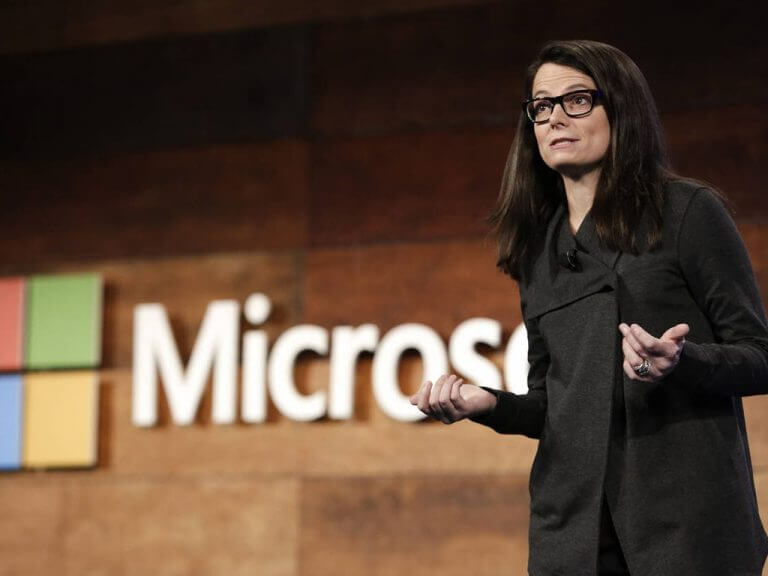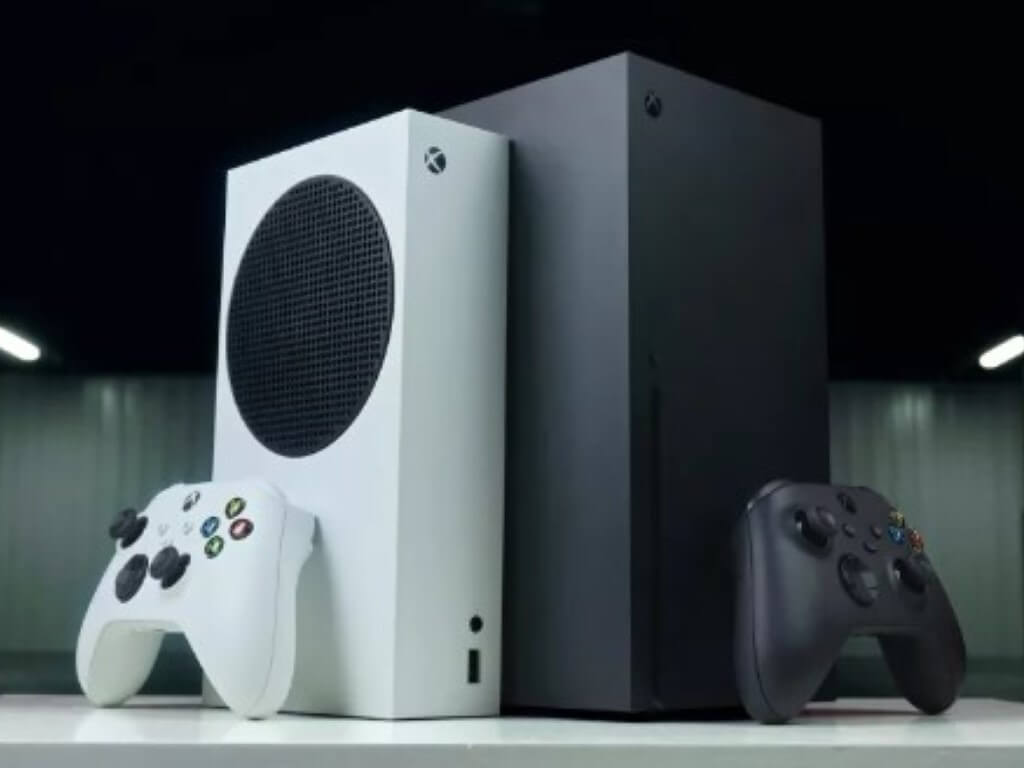Microsoft’s revenue for its FY23 Q4 earnings is up eight percent resulting in a twenty percent net income increase year over year despite Windows OEM licensing and devices taxing the quarter with twelve and twenty percent declines respectively.
While Microsoft may be running toward an artificially intelligent infused future that looks to provide investors greater returns on investments, the company continues to be shackled by an underperforming PC market that resulted in $13.9 billion in revenue representing a four percent decline when measured year over year for the company.
As mentioned, Windows OEM revenue decreased twelve percent while devices racked up a twenty percent decline. It’s unclear how much of devices total is part HoloLens development write downs, or constraints on Xbox hardware distribution which has also led to a 13 percent drop in revenue for the quarter.
The other outstanding headwind Microsoft is facing comes in the stagnating PC market in general which is now in its sixth consecutive quarter of retraction from the boom that was hyper consumption during the height of the COVID pandemic.
As a result, Microsoft investors have had to deal with the pot mark of Windows OEM revenue being a low point in the investment portfolio for four quarters.
Windows Commercial products and cloud services increased their revenues by two percent while Xbox content also showed a five percent revenue gain in the market.
Without Microsoft providing concrete figures on Game Pass subscriptions since January, investors can assume that growth continues for the business with a one percent increase in revenue for the totality of its gaming business.
Moving away from more legacy businesses, Microsoft’s cloud business continues to be the heart of its earnings report driving a $18.3 billion in revenue representing a ten percent increase YoY as Office Commercial revenue shot up twelve percent, LinkedIn up five percent, and server products up seventeen percent with Azure accounting for its own 26 percent growth.
Revenue in Productivity and Business Processes brought in$18.3 billion and increased 10% (up 12% in constant currency), with the following business highlights:
- Office Commercial products and cloud services revenue increased 12% (up 14% in constant currency) driven by Office 365 Commercial revenue growth of 15% (up 17% in constant currency)
- Office Consumer products and cloud services revenue increased 3% (up 6% in constant currency) and Microsoft 365 Consumer subscribers grew to 67.0 million
- LinkedIn revenue increased 5% (up 7% in constant currency)
- Dynamics products and cloud services revenue increased 19% (up 21% in constant currency) driven by Dynamics 365 revenue growth of 26% (up 28% in constant currency)
Revenue in Intelligent Cloud brought in $24.0 billion and increased 15% (up 17% in constant currency), with the following business highlights:
- Server products and cloud services revenue increased 17% (up 18% in constant currency) driven by Azure and other cloud services revenue growth of 26% (up 27% in constant currency)
Revenue in More Personal Computing brought in $13.9 billion and decreased 4% (down 3% in constant currency), with the following business highlights:
- Windows OEM revenue decreased 12%
- Devices revenue decreased 20% (down 18% in constant currency)
- Windows Commercial products and cloud services revenue increased 2% (up 3% in constant currency)
- Xbox content and services revenue increased 5% (up 6% in constant currency)
- Search and news advertising revenue excluding traffic acquisition costs increased 8%
Microsoft returned $9.7 billion to shareholders in the form of share repurchases and dividends in the fourth quarter of fiscal year 2023.
As part of their earnings report, Microsoft CEO Satya Nadella noted that AI continues to be a promising business opportunity as companies and partners rush to implement the technologies for themselves.
Organizations are asking not only how – but how fast – they can apply this next generation of AI to address the biggest opportunities and challenges they face – safely and responsibly. We remain focused on leading the new AI platform shift, helping customers use the Microsoft Cloud to get the most value out of their digital spend, and driving operating leverage.
Microsoft executive vice president and chief financial officer Amy Hood fells confident that despite a sluggish PC market weighing on the earnings report, the company delivered “a solid close to the fiscal year.”




